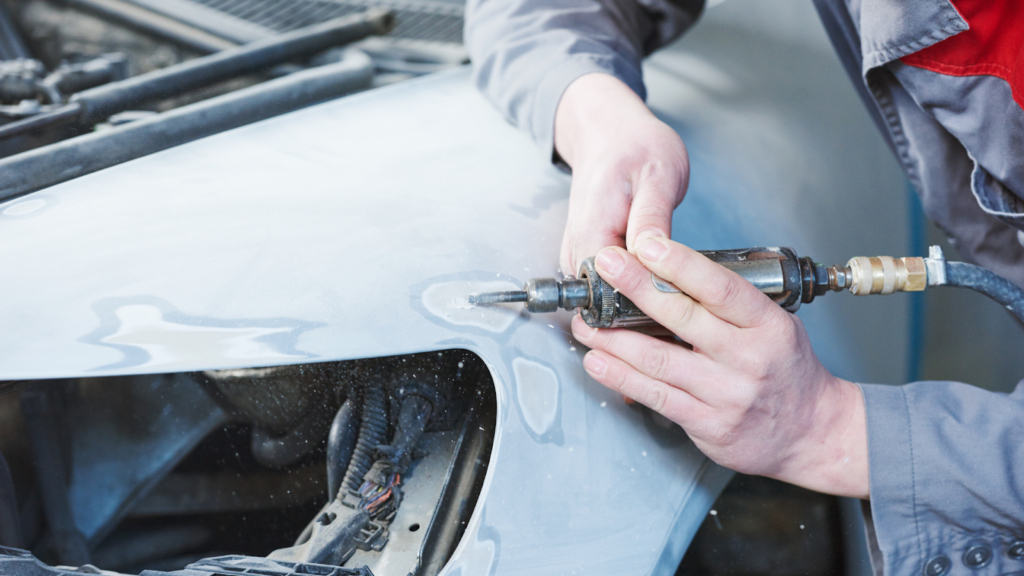
In a world that’s increasingly conscious about waste, refurbishing has emerged as a sustainable, cost-effective solution.
So, whether you’re an eco-conscious consumer, a DIY enthusiast, or simply someone looking for a new hobby, get ready to discover the transformative power of refurbishing. This isn’t just about repairing—it’s about reimagining.
Refurbishing
The Definition of Refurbishing
Refurbishing represents a practice entangled with the principles of sustainability and frugality. It centers around the revitalization of items, not merely fixing them. Whether it’s a piece of furniture, an electronic device, or an antique, refurbishing breathes new life into them. Unlike recycling, it involves repairing and restoring an object, bringing it back to its original condition, or even enhancing it.
Benefits of Refurbishing
Refurbishing provides numerous benefits, primarily in the areas of economics, environment, and quality. This section seeks to furnish a closer look at these key benefits.
Economic Advantages
Choosing refurbished items indeed brings about financial rewards. Considerably lower prices than new items are one of the primary economic advantages. Depending on the item’s size, type, and original price, savings can range from 30% to 70%, increasing the affordability of high-ticket items.
Environmental Impact
Refurbishing also casts a positive effect on the environment. Initiating a refurbishment means prolonging an item’s life; it doesn’t end in landfills just yet. It’s an outstanding way to decrease electronic waste, one of the fastest-growing waste streams worldwide.
Quality and Reliability
While refurbished items come at lower prices, it doesn’t suggest that they compromise quality. Refurbished items match, and occasionally exceed, the performance and reliability of their newer counterparts. They undergo rigorous testing and inspection, ensuring they perform like new.
The Different Sectors of Refurbishing

The refurbishing industry branches into various sectors, offering a wide range of services. Each sector focuses on breathing life into different items and extending their lifespan. Let’s delve into three key sectors: electronics and appliances, furniture, home decor, and automobiles and machinery.
Electronics and Appliances
In the electronics and appliances sector, refurbishing provides renewed devices, from computers and smartphones to kitchen appliances. Authorized refurbishers address functionality issues, replace worn-out components, and ensure that these devices pass rigorous testing before they hit the marketplace.
Furniture and Home Decor
The furniture and home decor sector deals with restoring aesthetic appeal and functionality to various items, from sofas to interior decorations. It involves stripping away old finishes, repairing damages, and applying new finishes to give items a fresh look that often exceeds their original state.
Automobiles and Machinery
The automobiles and machinery sector mainly revolves around remanufacturing and reconditioning vehicles, tractors, industrial machinery, and more. Refurbishment processes here typically involve dismantling machinery, diagnosing faults, replacing defective parts, and reassembling the parts.
Common Misconceptions About Refurbished Goods
Refurbished goods often hold a certain reputation in some consumers’ minds. Many harbor misconceptions, leading them to shy away from these value-for-money alternatives. Rectifying these misconceptions can lead to wider acceptance and use of refurbished goods, contributing significantly to resource conservation efforts.
Quality Concerns

One usual concern surrounding refurbished goods pertains to their quality. Many consumers equate “refurbished” with “inferior” or “damaged.” In actuality, refurbished items often undergo rigorous testing and quality checks, rivaling, if not surpassing, the standards applied to brand new products.
Lifespan and Durability
Consumers frequently question the lifespan and durability of refurbished goods, suspecting that these items may have a shorter functional life. Statistics often debunk this myth.
Must Know
Refurbishing isn’t just about breathing new life into old items—it’s a lifestyle choice that’s both sustainable and cost-effective. It’s clear that sectors like electronics, furniture, and automobiles are seeing the benefits of refurbishment, with a focus on waste reduction and sustainability. The importance of choosing reputable sellers and understanding product conditions can’t be stressed enough. Debunking misconceptions, refurbished goods often surpass the quality of new products, thanks to rigorous testing. Companies like Apple and Dell are setting the standard in refurbishment practices, and consumers are reaping the rewards.
